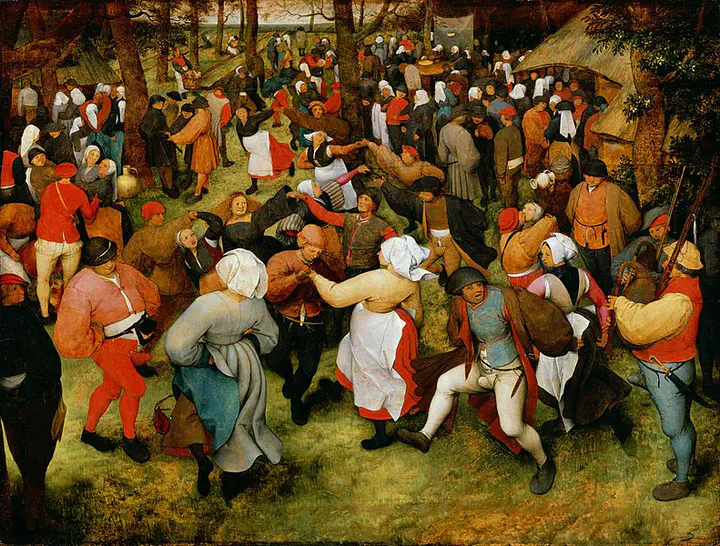 Image credit: The Bridgeman Art Library, Object 114681
Image credit: The Bridgeman Art Library, Object 114681Abstract
While scholars of nonviolent resistance recognize that large-scale campaigns are more likely to be successful campaigns, we currently have little understanding of why some nonviolent protests grow into mass movements while others do not. In this article, we explore campaign size and, in particular, the role of individual and collective motives in facilitating the growth of nonviolent campaigns. We start by assuming that, after campaign onset, barriers to growth emerge because some aggrieved individuals who are sympathetic to the cause are wary of incurring the (opportunity) costs of participating in campaign rallies. On occasion, we argue, organizers respond to this challenge by staging events that generate rewarding emotional experiences for participants and spectators, such as concerts, mass singing, or other collective expressive acts. Since the feelings of empowerment, solidarity, catharsis, or glee that accompany these events can only be enjoyed by those who are physically present at campaign rallies, the provision of such “emotive events” creates an individual-level incentive for passive supporters to mobilize. As this incentive attracts new participants, campaigns can grow—potentially into large-scale phenomena. To assess the plausibility of our argument, we code original data on emotive events and investigate whether the provision of such events in the course of nonviolent campaigns is associated with the size and scale of those campaigns. Finding this to be the case, we conclude that campaigns that are more creative, humorous, cathartic, and/or fun are also more likely to be large-scale campaigns.